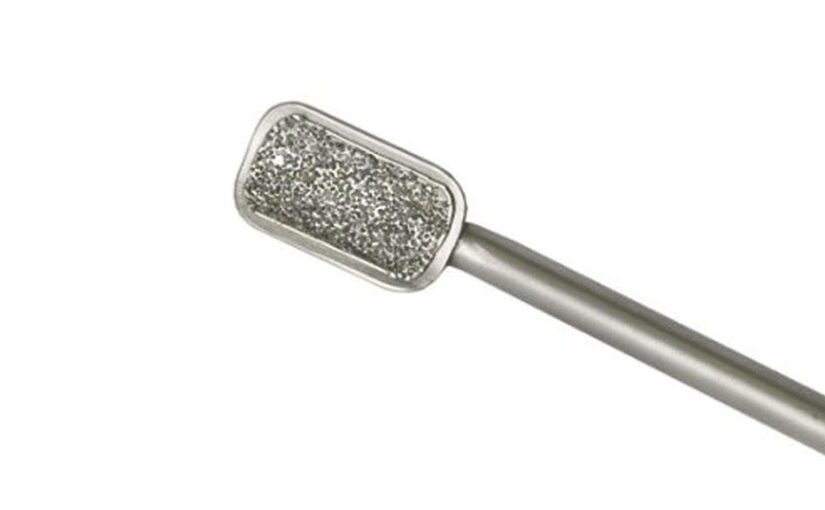As a veterinarian specializing in equine dentistry, I understand the importance of precision and efficiency when it comes to maintaining the oral health of horses. One tool that has revolutionized the field of equine dentistry is diamond tooling. In this article, we will explore the role of diamond tools in equine dentistry, their benefits, and the impact they have on achieving optimal results for our equine patients.
The Advantages of Diamond Tools in Equine Dentistry
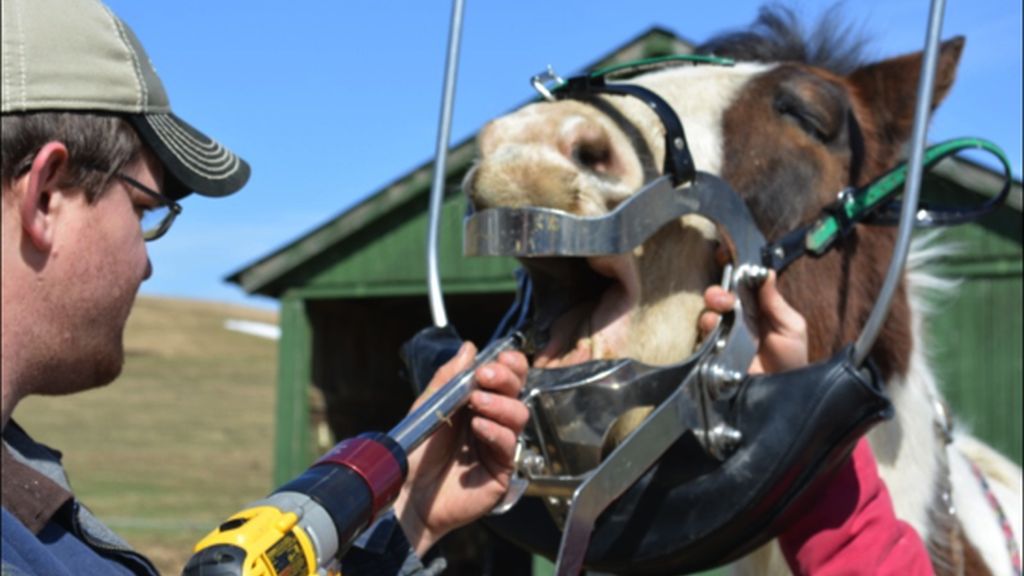
Diamond tools have become a valuable asset in equine dentistry due to their unique properties and numerous advantages. Here are four key benefits of using diamond tools:
Precision and Efficiency: Diamond tools are incredibly precise, allowing veterinarians to perform dental procedures with accuracy and efficiency. The sharpness and hardness of the diamond allow for precise cutting and shaping, resulting in optimal dental corrections.
Durability and Longevity: Diamonds are the hardest naturally occurring substance, making diamond tools highly durable and long-lasting. They maintain their sharpness even after extended use, reducing the need for frequent replacements and ensuring consistent performance.
Reduced Heat and Vibration: Diamond tools generate less heat and vibration compared to traditional dental instruments. This minimizes discomfort for the horse during dental procedures, leading to a more positive experience and better patient compliance.
Versatility: Diamond tools come in various shapes and sizes, making them versatile for different dental procedures. From floating teeth and removing sharp points to performing extractions and filing abnormalities, diamond tools offer versatility to address a wide range of equine dental issues.
Types of Diamond Tools Used in Equine Dentistry
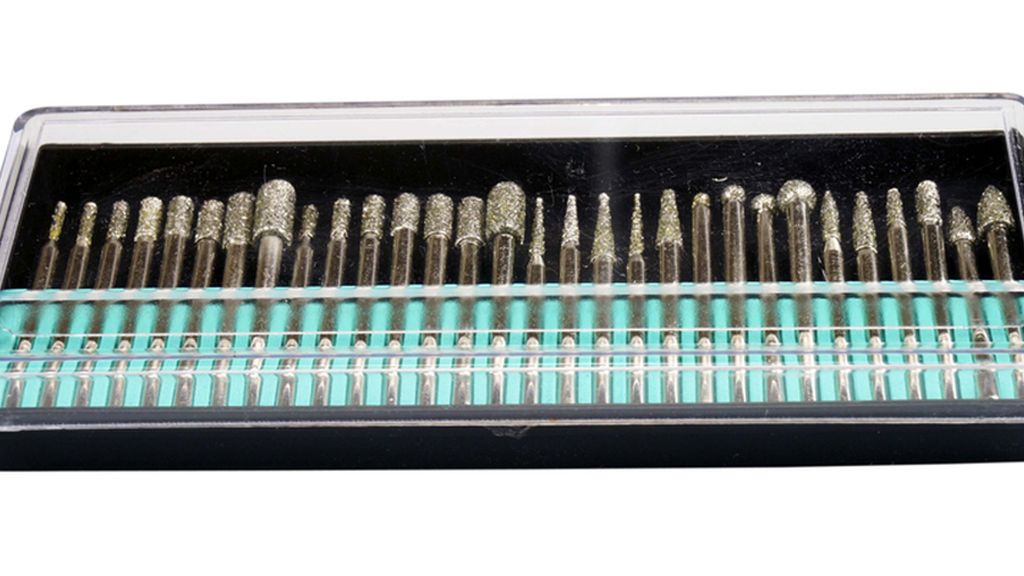
There are several types of diamond tools commonly used in equine dentistry. These include:
Diamond Discs: Diamond discs are thin, circular tools with diamond particles embedded on their surface. They are commonly used for removing sharp enamel points, leveling dental surfaces, and shaping teeth.
Diamond Burrs: Diamond burrs have a cylindrical or conical shape with diamond particles on their surface. They are used for drilling and contouring teeth, as well as removing excessive dental material.
Diamond Floats: Diamond floats are specialized tools designed for the floating process, which involves leveling the horse’s teeth to ensure proper occlusion and a balanced bite. They are effective in reducing excessive enamel points and correcting dental abnormalities.
Diamond Probes: Diamond probes are delicate instruments with a fine diamond tip. They are used for examining and probing dental structures, detecting dental decay, and assessing tooth sensitivity.
Enhancing Equine Dental Care with Diamond Tools
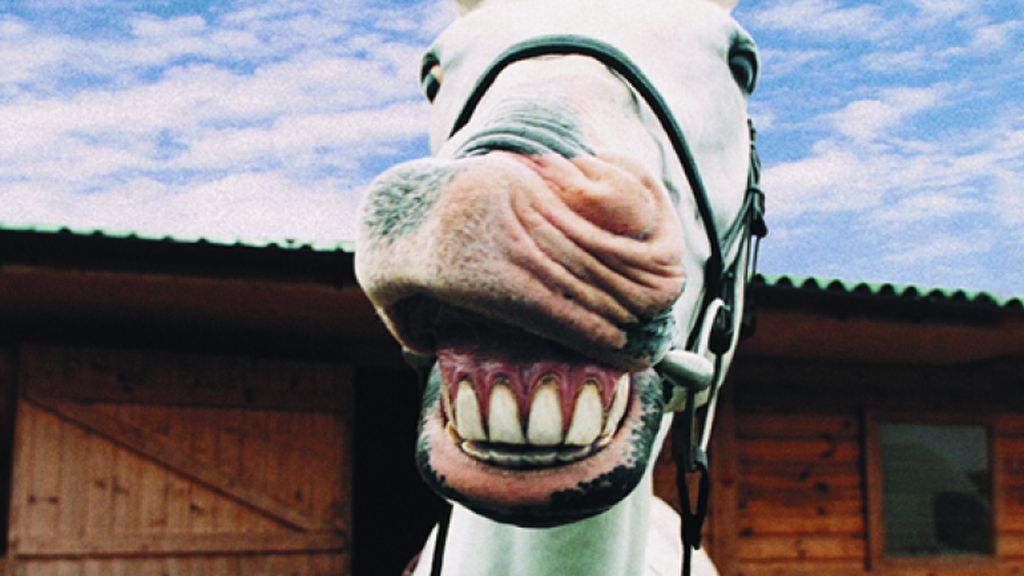
The use of diamond tools in equine dentistry has significantly improved the quality of dental care provided to horses. Here are four key ways in which diamond tooling has made a positive impact:
Enhanced Diagnostic Capabilities: Diamond probes enable veterinarians to perform detailed dental examinations, aiding in the early detection of dental abnormalities. The precise probing helps identify hidden dental decay, fractures, or other oral health issues that may not be visible to the naked eye. By detecting and addressing these issues early on, veterinarians can prevent more severe dental problems from developing and provide timely treatment.
Minimized Trauma and Discomfort: The precision and sharpness of diamond tools allow veterinarians to perform dental procedures with minimal trauma and discomfort for the horse. The reduced heat and vibration associated with diamond tooling contribute to a more comfortable experience, promoting better patient compliance during dental treatments. This is particularly important as horses may be sensitive to dental procedures, and minimizing stress and discomfort is crucial for their overall well-being.
Improved Treatment Outcomes: Diamond tools enable veterinarians to achieve more precise dental corrections, resulting in improved treatment outcomes. The ability to shape teeth accurately, remove sharp points, and correct dental abnormalities with ease and precision leads to better oral health and overall well-being for the horse. By achieving optimal dental corrections, veterinarians can improve the horse’s chewing efficiency, prevent dental-related pain, and enhance their overall performance.
Time and Cost Efficiency: Diamond tools offer time and cost efficiency in equine dentistry. Their durability and longevity reduce the need for frequent tool replacements, saving on expenses. Additionally, the efficiency and precision of diamond tooling allow veterinarians to perform dental procedures more efficiently, reducing procedure time and minimizing stress for the horse. This not only benefits the veterinary practice but also allows more horses to receive necessary dental care within a shorter timeframe.
Advancements in Diamond Tooling Technology
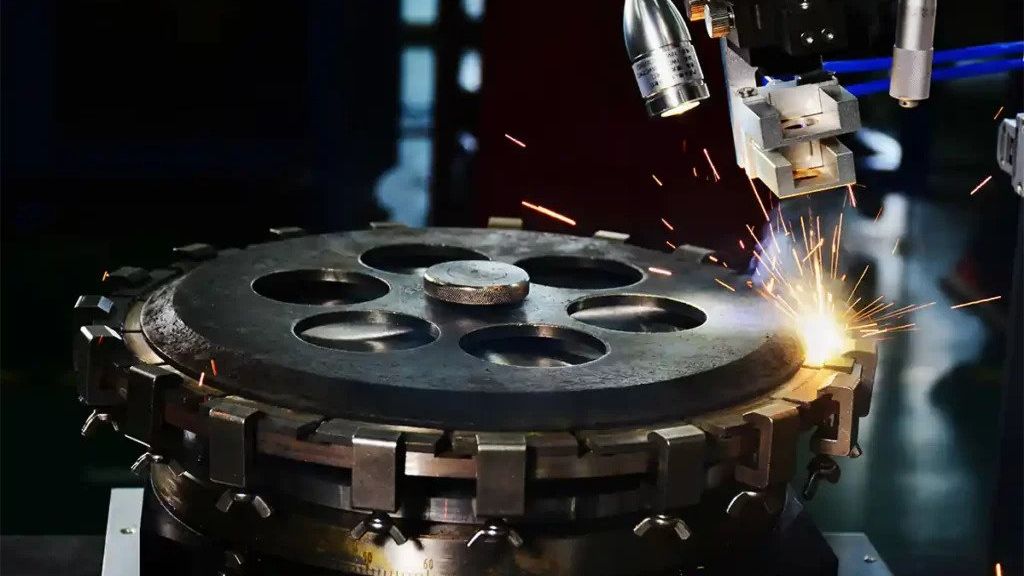
Advancements in diamond tooling technology continue to enhance equine dentistry practices. Some notable advancements include:
Laser-Etched Diamond Surfaces: Laser etching is used to create specific patterns or textures on diamond surfaces, enhancing cutting efficiency and reducing clogging during dental procedures. This technology improves the performance and longevity of diamond tools, allowing veterinarians to work more effectively and maintain precise cutting ability throughout the procedure.
Customized Diamond Tooling: With the aid of advanced 3D imaging and modeling, diamond tools can be custom-designed to match the specific dental needs of individual horses. This ensures precise dental corrections tailored to each patient, optimizing treatment outcomes. Customization allows veterinarians to address unique dental challenges and provide personalized care for each horse.
Ergonomic Handle Design: Diamond tools now come with ergonomic handle designs, improving grip and reducing hand fatigue for veterinarians during dental procedures. Comfortable and ergonomic handles contribute to enhanced precision and overall performance. By reducing strain on the veterinarian’s hand and wrist, these designs improve the quality and efficiency of dental treatments.
Diamond Tool Maintenance and Sharpening: Advancements in diamond tool maintenance and sharpening techniques ensure the longevity and optimal performance of these tools. Specialized sharpening methods and equipment are available to restore the sharpness of diamond tools, prolonging their usability and effectiveness. Proper maintenance and sharpening procedures help maintain the cutting ability and efficiency of the tools, ensuring consistent and reliable performance over time.
Diamond tooling has revolutionized equine dentistry by providing veterinarians with precise, efficient, and versatile instruments for maintaining the oral health of horses. The advantages of diamond tools, including their enhanced diagnostic capabilities, minimized trauma and discomfort, improved treatment outcomes, and time and costefficiency, have significantly improved dental care outcomes for equine patients. Advancements in diamond tooling technology, such as laser-etched surfaces, customized designs, ergonomic handles, and maintenance techniques, further enhance the effectiveness and usability of these tools. By utilizing diamond tools, veterinarians can ensure optimal oral health for horses, contributing to their overall well-being and quality of life. These advancements continue to drive innovation in equine dentistry, making dental procedures more precise, comfortable, and efficient. With the ongoing development of diamond tooling technology, equine dental care will continue to improve, benefiting both veterinarians and their equine patients.
